Join our community to see how developers are using Workik AI everyday.
Supported AI models on Workik
GPT 5.2, GPT 5.1 Codex, GPT 5.1, GPT 5 Mini, GPT 5, GPT 4.1 Mini
Gemini 3 Flash, Gemini 3 Pro, Gemini 2.5 Pro, Gemini 2.5 Flash
Claude 4.5 Sonnet, Claude 4.5 Haiku, Claude 4 Sonnet, Claude 3.5 Haiku
Deepseek Reasoner, Deepseek Chat, Deepseek R1(High)
Grok 4.1 Fast, Grok 4, Grok Code Fast 1
Models availability might vary based on your plan on Workik
Features

Instant Go App Creation:
Provide specifications and instantly receive a fully functional Go server, pre-packaged with RESTful API endpoints, ready for deployment.

Advanced Go Code Analysis:
Get concise, actionable recommendations for optimizing your Go code from Workik AI, enhancing code quality and performance.

AI-Driven Go Documentation:
AI swiftly creates Go documentation, detailing functions, parameters, aiding team clarity & collaboration.

AI-Powered Workflow Automation:
Automate routine Golang tasks from code testing to deployment, ensuring a smoother, error-free process.
How it works
Simple sign-up via Google or a manual process to begin your AI-enhanced Golang coding journey.
Optionally link to GitHub, GitLab, or Bitbucket, and define Golang-specific settings like package management and APIs to align AI output according to project needs.
Engage AI for advanced Golang code generation, including efficient handling of concurrency, APIs, and microservices.
Collaborate with your team on Workik and utilize AI to automate Golang development processes and workflows.
supercharge development
Try For Free

FEATURES

Get AI insights for architecting Golang microservices efficiently.

Optimize Golang APIs with AI-generated routing logic.

Enhance Golang server performance using AI analytics.

Custom Golang package management solutions via AI.

Generate comprehensive, clear, and maintainable code documentation.
Try For Free

FEATURES

Start Golang projects effortlessly with AI-generated code.

AI simplifies Golang API development for beginners.

AI helps understand Go code structure and logic with clear, insightful explanations.

Set up basic web servers in Go with AI assistance.

Get AI assistance for debugging to ensure error-free code
TESTIMONIALS
Real Stories, Real Results with Workik
Using Workik's Golang code generator is the best tool I've come across for rapid, reliable Golang development.

Sarah Johnson
Senior Backend Developer
Workik's Golang code generator accelerated our development and ensured top-notch code quality.

Daniel Thompson
Workik's Golang code generator has helped me understand best practices and advance in Golang programming.

Ayesha Patel
Junior Developer
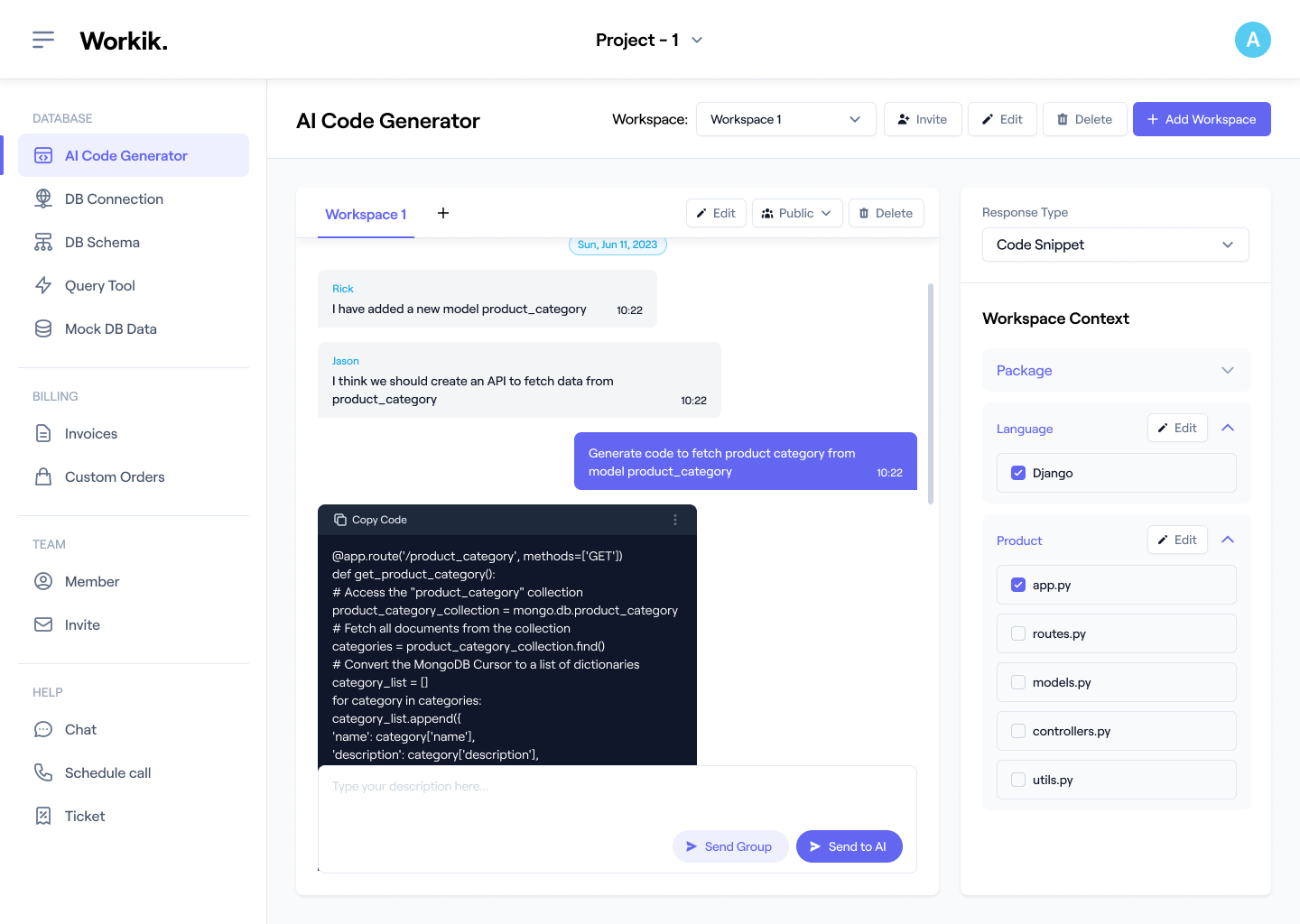

Expand
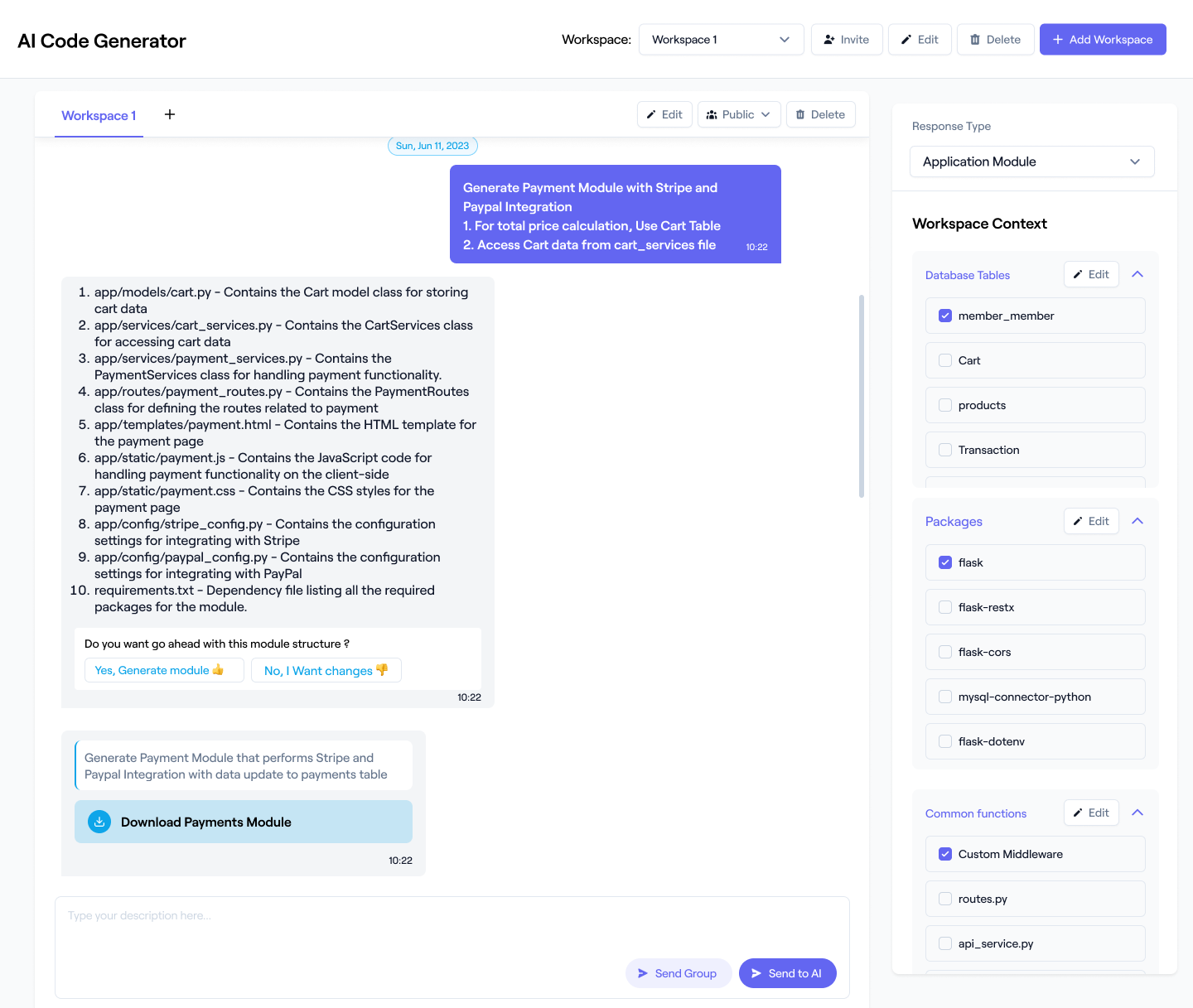

Expand
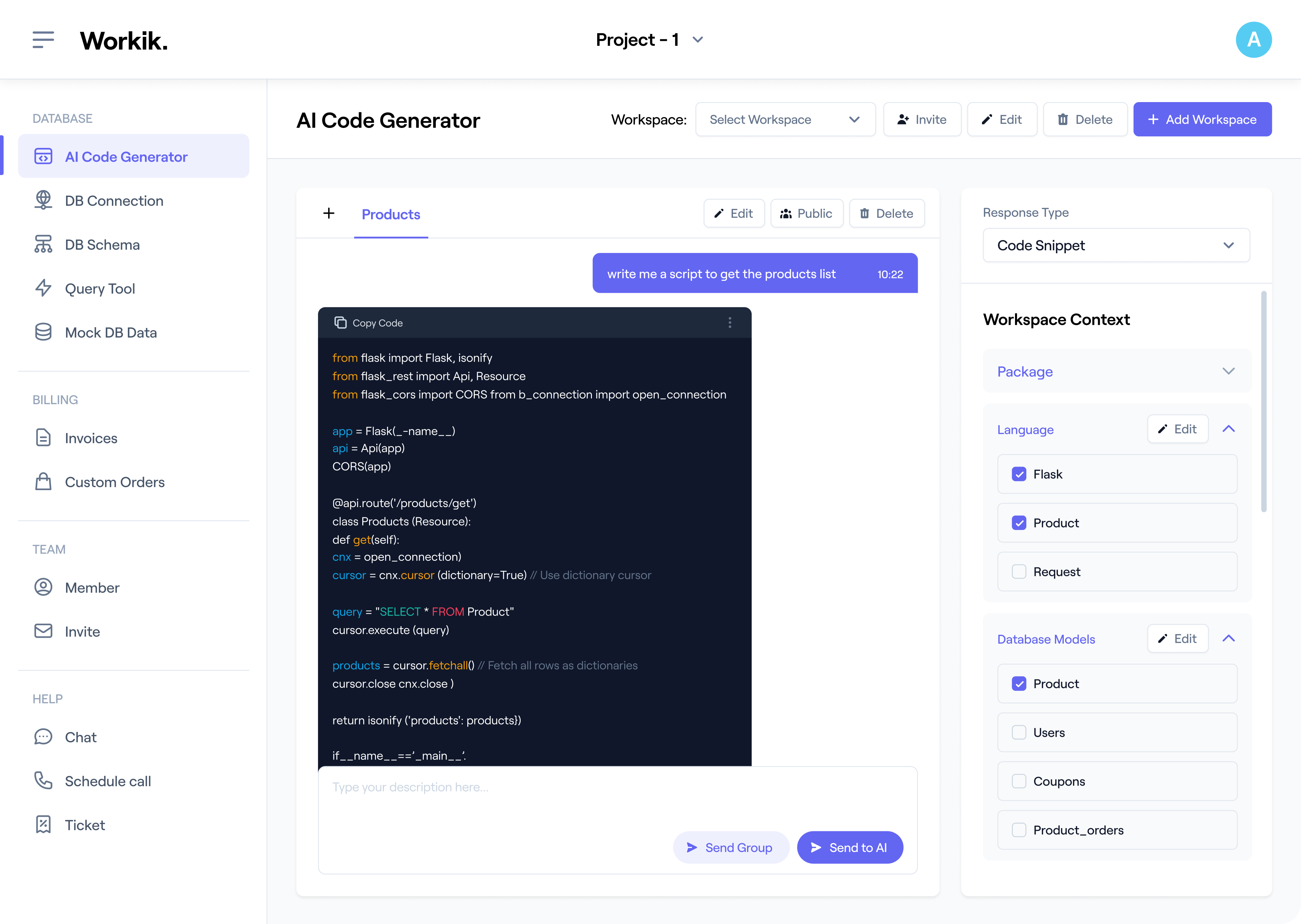

Expand
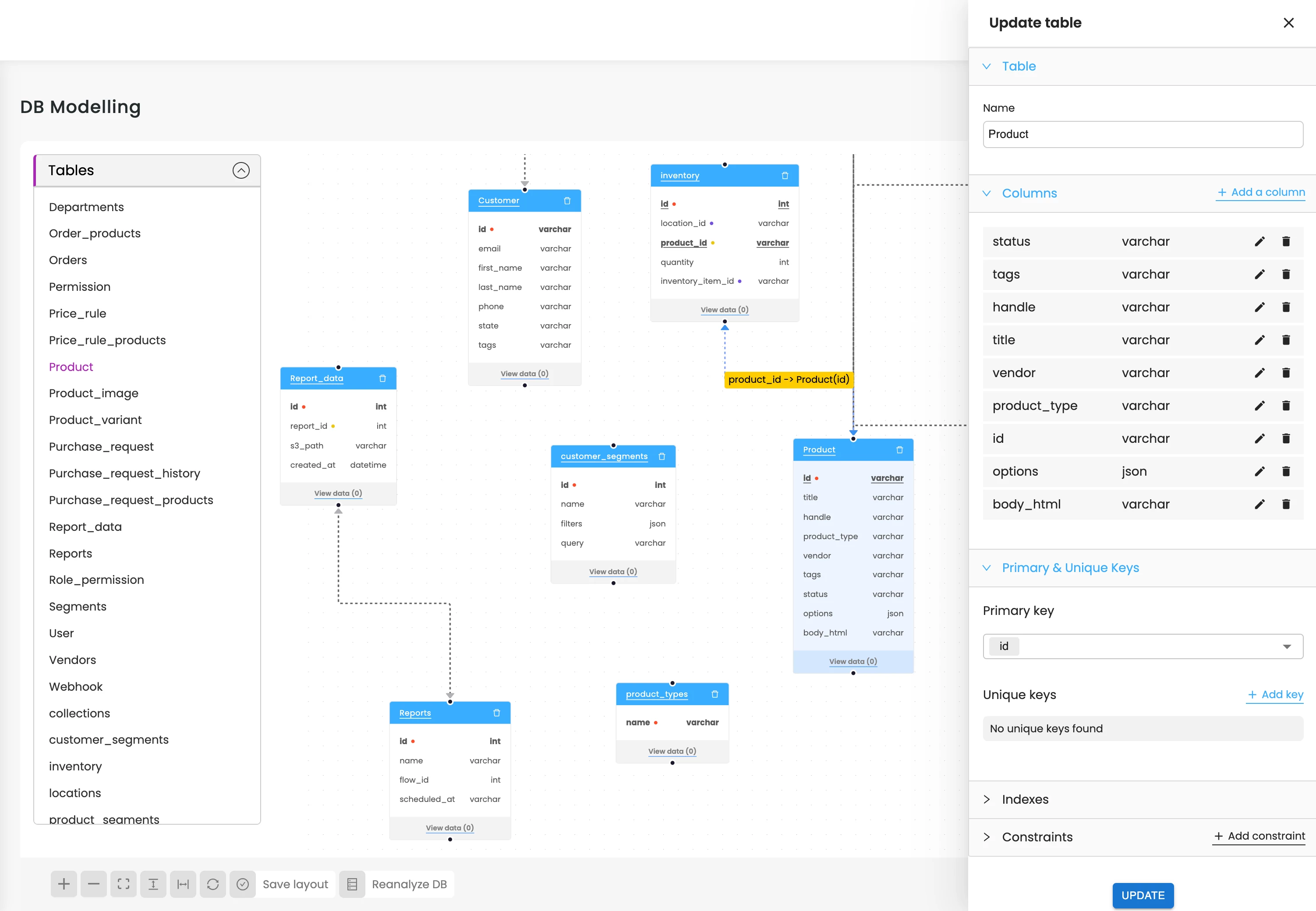

Expand
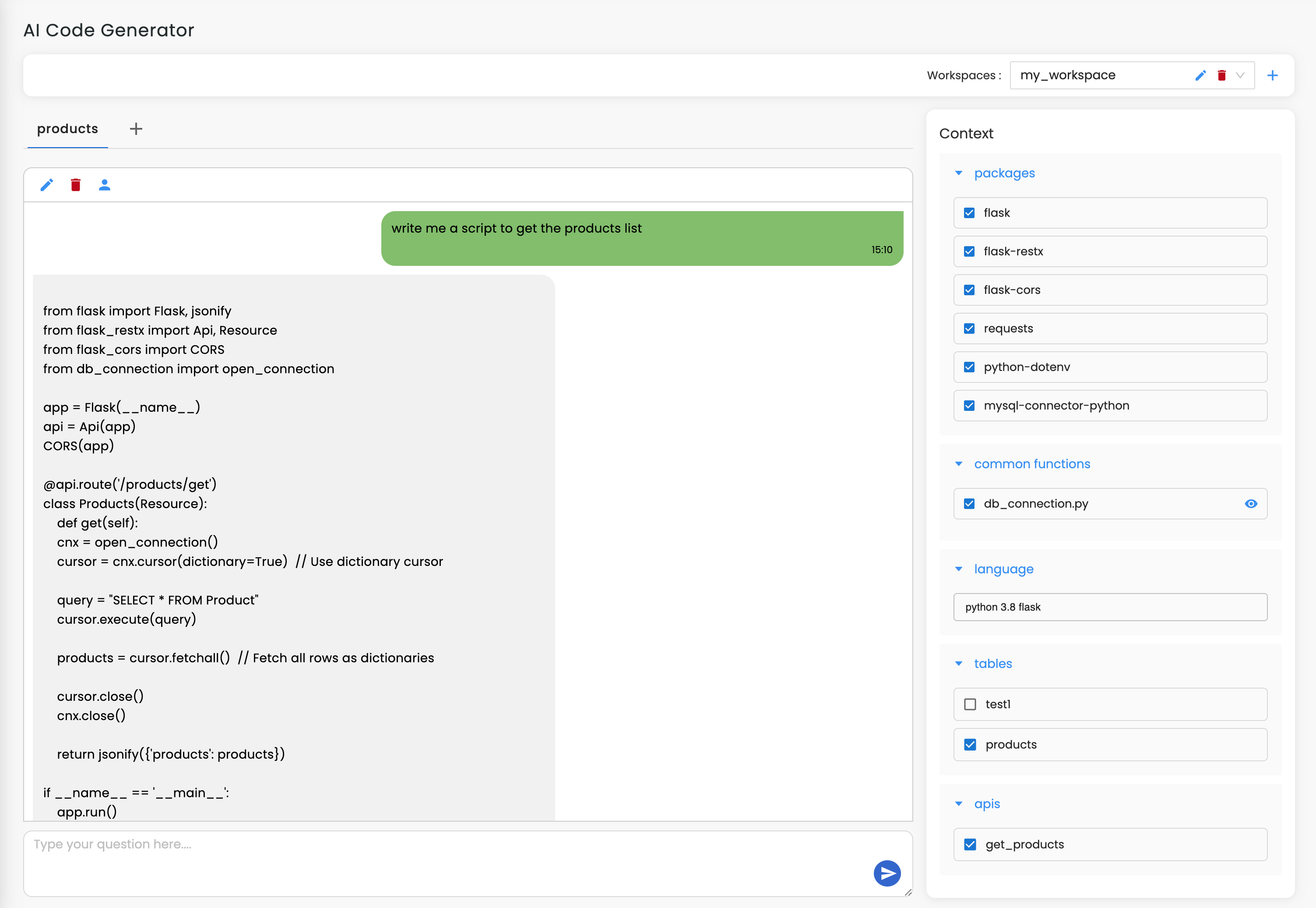

Expand


Expand


Expand


What are popular use cases for Workik's Golang Code Generator?


Popular use cases for Workik's Golang Code Generator include:
* Building robust microservices and APIs efficiently.
* Automating routine tasks like formatting and linting.
* Developing concurrent programs using goroutines and channels with AI assistance.
* Generating and managing database interactions, including ORM setups.
* Creating command-line interfaces (CLI) for utilities or tools.
* Streamlining the integration of third-party APIs and services.
* Utilize AI for debugging and performance tuning in your Go applications.
How does context-setting enhance Golang development in Workik?


While adding context in Workik is optional, it enhances the AI's understanding for personalized output. You can specify:
* Frameworks like Gin or Echo for web development.
* Add Database schema (PostgreSQL, MySQL) for tailored ORM suggestions.
* Concurrent patterns or specific Go features you're implementing.
* Any integration with cloud services (AWS, Google Cloud).
* Testing tools used, like Go’s built-in testing framework or third-party tools.
* Details about microservices architecture or containerization tools like Docker.
* Integrate with GitHub, GitLab, or Bitbucket, ensuring its AI suggestions are perfectly in sync with your project's current state and specific requirements.
How does collaborative development in Workik workspaces enhance Golang projects?


Workik's workspaces helps teams to share and actively collaborate on the same Go codebase. This setup not only streamlines the development process but also ensures consistency in coding standards and practices among team members. Additionally, AI-generated insights and solutions become a shared asset within the team, promoting a collective approach to problem-solving.
How does Workik assist in Golang microservices development?


Workik utilizes AI to enhance the design and structure of microservices in Go, focusing on effective communication and load management. Workik aids in generating boilerplate code for microservices, handling service discovery, and suggesting best practices for API gateways and inter-service communication. Crucially, it provides insights into using Go's concurrency model within microservices architecture, optimizing each service for both performance and scalability.
What automation workflows can I run on Workik for my Go projects?


Users can set-up any custom workflow pipelines on workik. Some ideas are:
* Automate unit and integration testing, including test case generation.
* Set up and manage CI/CD pipelines for streamlined build and deployment.
* Run automatic code formatting and linting to maintain code standards.
* Manage Go module and dependency updates with version control.
* Automate database schema migrations in sync with Go codebase changes.
How does Workik streamline the development of CLI tools in Go?


Workik aids CLI development in Go by generating code for argument parsing, flag handling, and structuring commands, streamlining the creation of efficient command-line applications.
Can't find answer you are looking for?
Request question

Request question
Please fill in the form below to submit your question.
Try for Free

Golang Question & answer
Golang (Go) is a statically typed, compiled programming language designed for simplicity, efficiency, and reliability. It is widely used for web development, microservices, cloud services, and system programming. Go's powerful concurrency model, robust standard library, and excellent performance make it an ideal choice for developing scalable and high-performance applications.
Popular frameworks and libraries used in Golang are:
1. Web Development:
Gin, Echo, Fiber
2. Database Access:
GORM, SQLBoiler, go-pg
3. Testing:
Testify, GoConvey, ginkgo
4. Dependency Management:
Go Modules, Dep
5. Concurrency:
Goroutines, Channels, Worker Pools
6. Microservices:
go-micro, grpc-go
7. Configuration Management:
Viper, envconfig
Popular use cases of Golang include:
1. Web Development:
Building high-performance web applications and services.
2. Microservices:
Developing scalable microservices architectures.
3. Cloud Services:
Creating cloud-native applications and services.
4. System Programming:
Developing efficient system-level software.
5. Concurrent Applications:
Building applications that require high levels of concurrency.
Career opportunities and technical roles available for professionals in Golang include Go Developer, Backend Developer, Full-Stack Developer, Cloud Engineer, Systems Programmer, Software Engineer (SWE), Software Developer Engineer (SDE), and more.
Workik AI provides broad Golang code assistance, which includes:
1. Code Generation:
Produces Go code snippets and templates for rapid development.
2. Debugging:
Identifies and fixes issues in Go code with intelligent suggestions.
3. Optimization:
Recommends performance improvements and best practices for Go applications.
4. Automation:
Automates repetitive tasks and streamlines workflows in Go development.
5. Testing:
Integrates with testing frameworks like Testify and ginkgo to ensure code reliability.
6. Concurrency Management:
Provides solutions for implementing and managing goroutines and channels.
7. Microservices:
Assists in creating and managing microservices using go-micro and gRPC.
Explore more on Workik
Get in touch
Don't miss any updates of our product.
© Workik Inc. 2025 All rights reserved.

